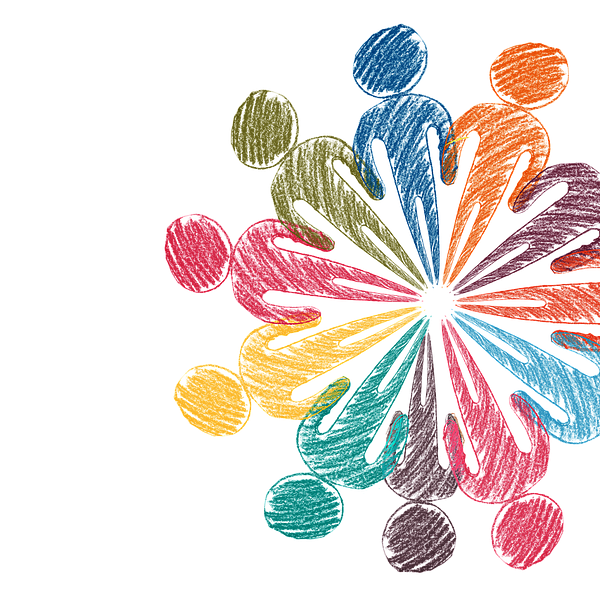
2023-07-14
Do you know what social scripts are? Did you know they can differ from culture to culture? How do you think they are portrayed in a multilingual setting?
Text by Monyck de Sá Santos, Master student at the University of Luxembourg
Photo credit: pixabay.com
* * *
In today’s world, it is very common to be in touch with other cultures and customs–by traveling abroad, watching movies and TV, being on social media or even living in a multicultural and/or multilingual environment. Since social scripts, or as some may call it, social cues, or social norms, differ according to context, we may experience a "cultural shock" caused by our surprise by difference.
One research definition suggests that social script is behavior which is internalized in our minds for social situations as adequate. In day-to-day situations, we have different concepts in mind of how to act and interact. These scripts exist for communication, requiring social situations and can exist in verbal and nonverbal ways.
An example of a verbal interaction can be when you do not see the other person, but still interact, like during a phone call. Body language is an example of nonverbal communication.
In fact, around 55% of what is communicated in an interaction happens through facial expressions and body language and 38% through intonation and pace of communication. The rest happens through word choice and reactions, such as anger, happiness, repulse, interest, boredom.
So, social scripts are rules we follow in social settings. They are understood as a guide to understand what to do, how to behave, and can be shared by verbal and nonverbal communication, such as facial expressions and body language. Social cues are essential in the way we act and behave in different situations. By nature, we look for patterns to recognize which actions or social scripts are acceptable or not and what is polite or not.
However, what is common in one culture may be unacceptable in another, because social scripts are not universal. They can have similarities when compared to other cultures, but externalizing them depends on context. It can be difficult to identify what would be an appropriate behavior or script to lead when interacting with other customs because cultural differences can influence the way we see the world.
When considering social scripts, researchers categorize two types of cultures: content cultures and context cultures. Carol Kinsey Goman, Ph.D. and international speaker discusses how content cultures include English and Germanic-speaking countries. They tend to emphasize words that are spoken. In contrast, context cultures do not necessarily find meaning in what is said. For them, meaning can be implied based on the type of relationship between the speakers–and to know what kind of relationship it is, nonverbal communication should be considered. The most common nonverbal communications are facial expressions and body languages. Social scripts can differ in the way we shake hands or greet other people, for example.
So, in order to better understand and be aware of different cultures’ social cues, it is important to put ourselves in other people’s shoes and to be immersed in their points of view. Being in touch with other cultures, making the effort to know people and being empathetic helps us to better communicate and understand other people’s behaviors embedded in social scripts.
***
Further reading:
***
The article is part of the initiative Student Ambassadors of the Multilingual Experience. Our students have prepared some interesting topics for you – just scroll down the project page to the section "News“ – you will find more blog posts to enjoy!).
